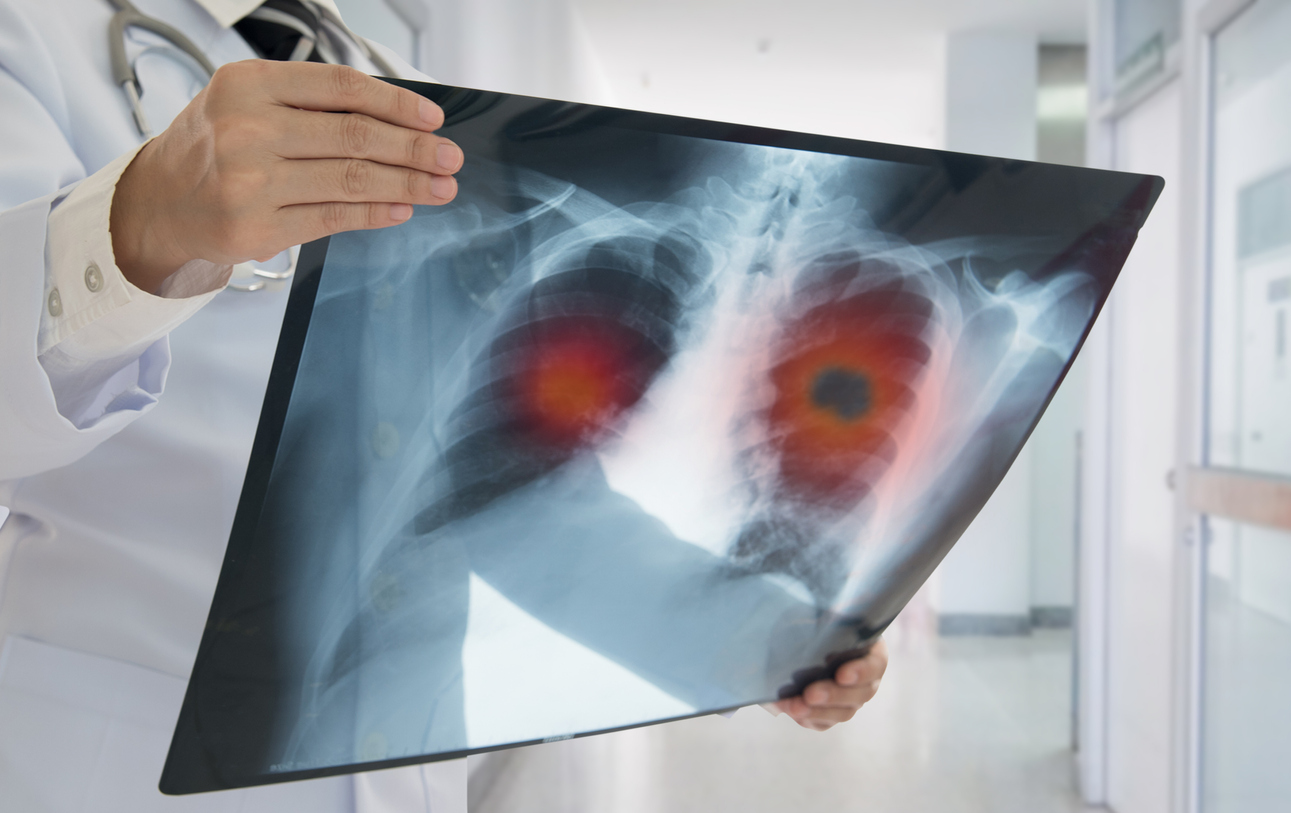Obstructive and restrictive lung disease have one major thing in common: their main symptom. They both cause shortness of breath when you are physically exerted. However, doctors may classify lung disease as obstructive or restrictive depending on if you can’t seem to exhale all the air in your lungs (obstructive,) or if you have difficulty fully inflating your lungs in the first place (restrictive.)
Diagnosis of Obstructive or Restrictive Lung Disease
Usually, people with lung disease seek help from Dr. Shukla, including for asthma treatment in New York, because they feel short of breath. During the diagnosis for obstructive or restrictive lung disease, Dr. Shukla will ask his patient to perform breathing exercises through a tube. Meanwhile, a machine records flow of air through the lungs. This process is known as pulmonary function testing, and it can identify the realities of lung disease – like whether you have it and how severe it is.
A doctor’s interview, imaging tests, and a bronchoscopy may also be involved in your diagnosis. (During bronchoscopy, a doctor uses flexible tools to “look inside the airways and take samples of blood tissue [webmd.com.])”
Common Symptoms of Lung Disease
At first, and with both types of the disease, shortness of breath happens whenever you exert yourself. Down the road, however, you could start experiencing shortness of breath during light activity—or even when you are at rest or asleep.
Cough and chronic bronchitis are both very common symptoms of obstructive or restrictive lung disease. Your cough will tend to be dry, and your bronchitis may produce an excess of colored septum.
Finally, depression and anxiety are more-than-common symptoms among people with obstructive and restrictive lung disease. When the disease limits your lifestyle, including your activity schedule and to-do list, it can feel like life is pretty difficult at times.
Options for Obstructive Lung Patients Seeking Asthma Treatment in Manhattan
Visit Dr. Shukla for expert asthma treatment in Manhattan. You will learn that- like asthma patients– obstructive lung disease patients are treated with bronchodilators, which open up narrowed airways. Medicines to reduce inflammation are also effective for obstructive lung disease, since they take down swelling, allowing for increased airflow.
Keep in mind, regular exercise will improve symptoms of breathlessness. Oxygen therapy may be needed for some, however.
In certain, extremely severe cases, a lung transplant may be considered.
Options for Restrictive Lung Patients Seeking Asthma Treatment in Manhattan
Unfortunately for the patients (and the doctors who want to help them get well,) medicines to treat restrictive lung disease are mostly lacking. “In cases of restrictive lung disease caused by ongoing inflammation, medicines that suppress the immune system may be used [WebMD.]”
In addition, patients may need supplemental oxygen therapy or mechanical breathing assistance.
The good news: in obesity related cases, weight loss and exercise can help.
As with obstructive lung patients, severe, end-stage lung disease may be treated with a lung transplant.
Lung Disease and Asthma Treatment in Manhattan
Dr. Mayank Shukla specializes in the treatment of asthma and other pulmonary conditions, including obstructive and restrictive lung disease. If you are experiencing shortness of breath, Contact us or call (917) 924-6383 to schedule an appointment today.

